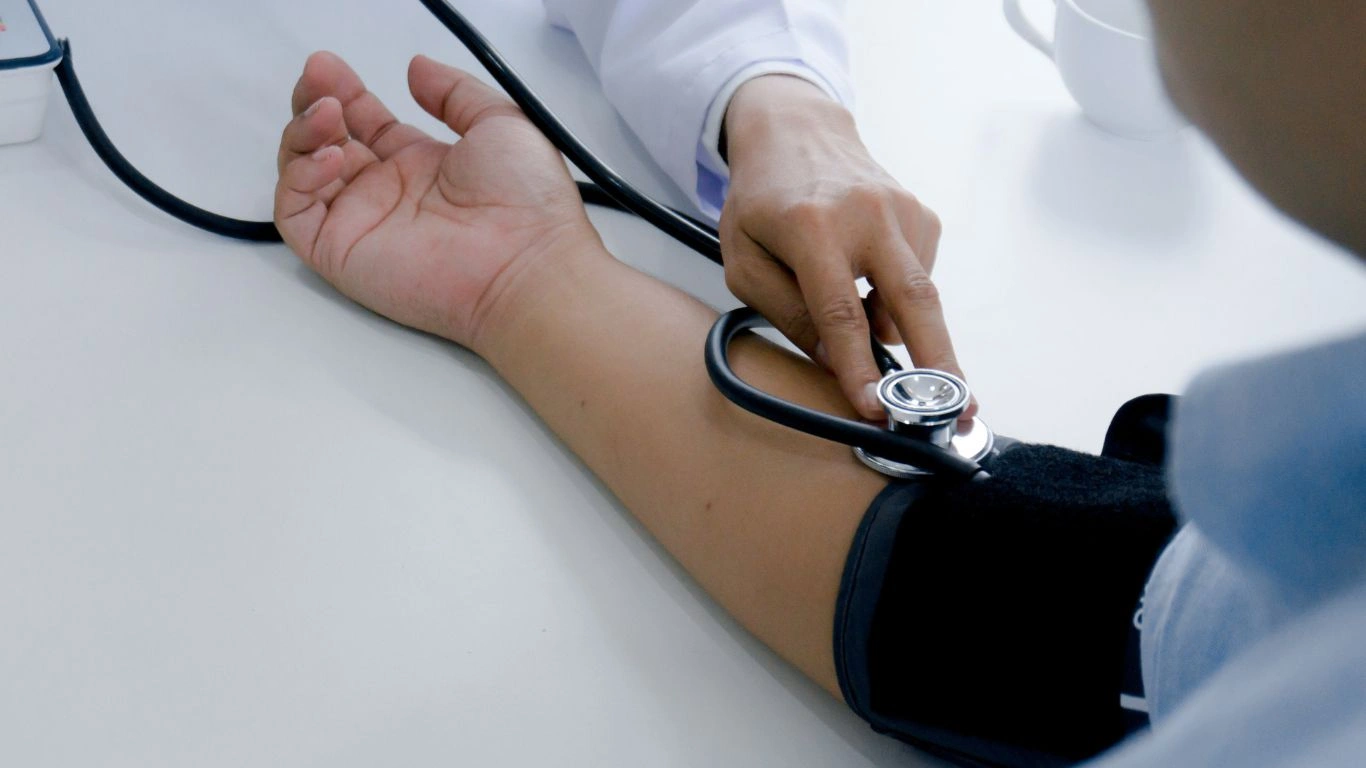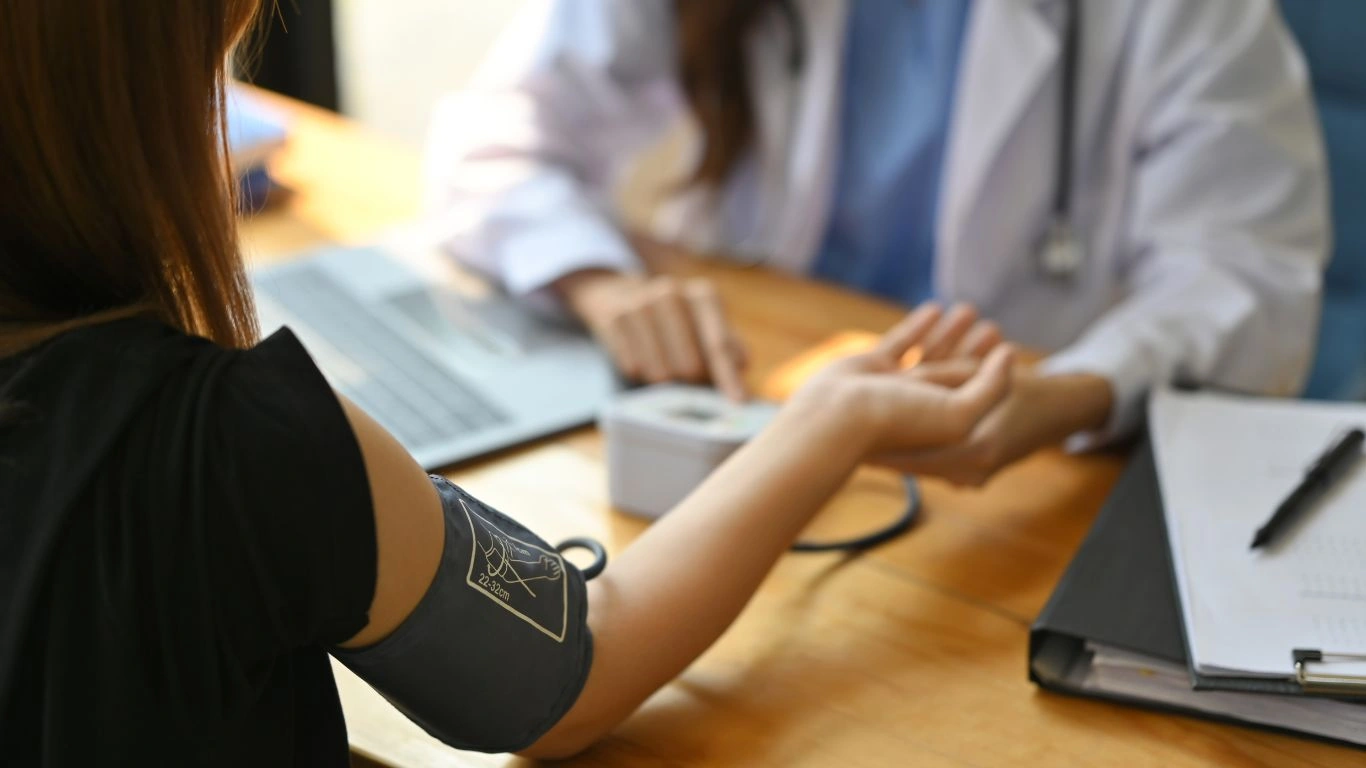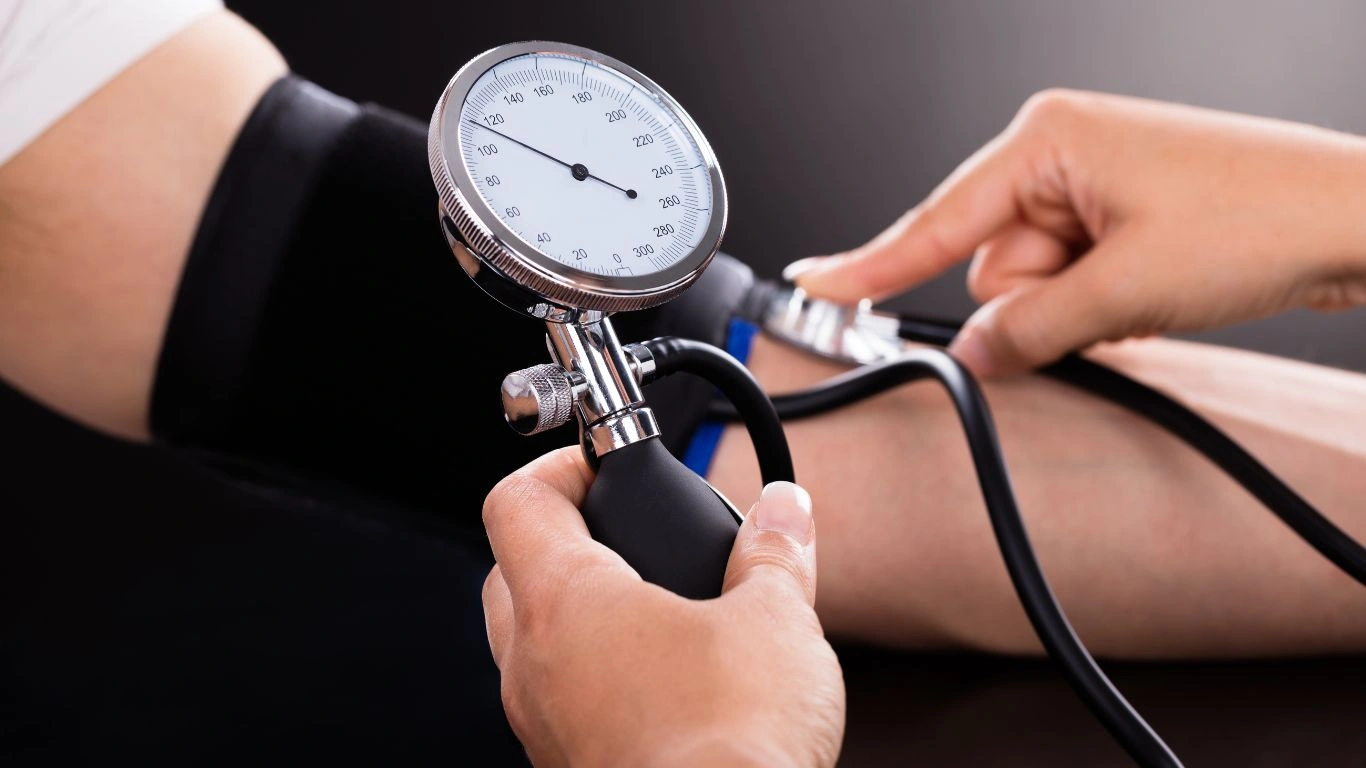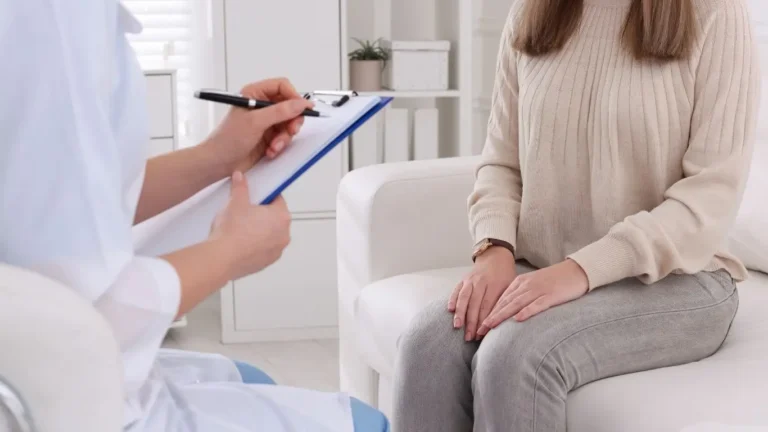How to Eat Less Salt Without Noticing: Easy Wins for Better Health
If you’ve ever told a patient—or maybe even yourself—that you’re cutting back on salt, only to find your food suddenly tastes like cardboard, you’re definitely not alone. One of the questions I get a lot in clinic is “how to eat less salt without noticing?” And honestly, that’s a fair ask. We’ve built our palates around salt being the flavor hero, so dialing it down can feel like eating in grayscale. But here’s the good news: it doesn’t have to be that way. I’ve spent years helping patients with hypertension lower their sodium intake, and most of them were surprised by how painless—and even delicious—the transition could be. You just need a few clever swaps and a little mindset shift. Let’s dig into it.
Why We Crave Salt—and Why It’s Sneakier Than You Think

Most people think they’re doing fine with salt until we start reading nutrition labels together in my office. It’s eye-opening. Salt isn’t just in chips and fries—it’s packed into bread, cereal, salad dressings, deli meats, and even so-called “healthy” soups. It’s a stealthy little mineral that your taste buds get hooked on early, often without you realizing it.
Here’s the thing—we’re biologically wired to love salt. It was once a rare and valuable resource, so our bodies evolved to crave it. Add modern food processing to that, and now we’re eating way more sodium than our kidneys know what to do with. Over time, that overload contributes to high blood pressure, heart disease, and kidney problems. As a physician, I see this pattern play out daily.
Understanding Your Sodium Baseline

Before you start cutting salt, you need to know how much you’re currently eating. The average American consumes around 3,400 mg of sodium daily, while the recommended limit for most adults is 2,300 mg—and for those with hypertension, even lower.
Try this for a week: track your meals using a food diary app or just take snapshots of nutrition labels. Trust me, you’ll start spotting patterns quickly. That slice of turkey on your sandwich? Could be 700 mg in one go. Your favorite canned soup? Easily over 1,000 mg per serving. Once you’re aware, it’s a lot easier to spot where small changes can make a big difference.
How to Eat Less Salt Without Noticing: My Go-To Strategies

1. Retrain Your Taste Buds—Gently
When I advise patients to lower sodium, I never recommend slashing it overnight. That kind of shock makes everything taste bland and makes you more likely to quit. Instead, gradually taper it down over 2-3 weeks. Your taste buds actually adjust—they become more sensitive to natural flavors once they’re no longer overwhelmed by salt.
2. Use Flavor Boosters That Aren’t Salt
This one’s a game-changer. I always tell patients to become friends with:
- Citrus: Lemon or lime juice adds a bright pop that mimics saltiness.
- Vinegars: Balsamic, apple cider, or rice vinegar can give depth to roasted veggies and meats.
- Herbs & Spices: Garlic, smoked paprika, rosemary, cumin, dill—explore your spice rack like it’s a new cookbook.
- Umami-rich ingredients: Mushrooms, tomato paste, nutritional yeast, and a touch of low-sodium soy sauce can add richness without overwhelming your kidneys.
I’ve had patients come back telling me their food is more flavorful than ever—and their blood pressure is looking better, too.
3. Ditch the Salt Shaker—But Keep the Seasoning Ritual
This one feels symbolic. You don’t need to stop seasoning your food—you just need to rethink how you’re doing it. Instead of shaking salt, build flavor throughout the cooking process. Roast with herbs, sear with garlic, finish with lemon zest. That little shift keeps you engaged with your food while keeping sodium levels in check.
4. Read Labels Like a Detective
It’s not just about cutting salt at the dinner table. Most sodium hides in processed foods. I coach my patients to start flipping products over and scanning for sodium content. As a rule of thumb:
- Anything over 400 mg per serving is considered high.
- Look for “low-sodium” or “no salt added” versions.
- Watch out for sodium’s aliases—monosodium glutamate (MSG), sodium nitrate, baking soda, etc.
Once you find your go-to low-salt staples, shopping gets easier. I’ve got my own list of low-sodium marinara sauces and canned beans that I share with patients—it’s a lifesaver during the weeknight dinner rush.
5. Cook More Often—Even If It’s Simple Stuff
You don’t have to be a gourmet chef. Even just making your own salad dressing or batch of soup gives you full control over how much salt is going in. I always say: if you cook it, you can tweak it. That’s freedom.
And hey, I get it. We’re all busy. But even tossing together a quick stir-fry with low-sodium soy sauce and fresh ginger can beat takeout sodium by a mile.
Hidden Sodium Bombs You’d Never Suspect

So you’ve tossed the salt shaker and swapped in some herbs—but your blood pressure still isn’t budging? That’s when I dig a little deeper with my patients. Because here’s the kicker: the salt you taste is often just a fraction of what you’re actually consuming. Some of the worst offenders barely taste salty at all.
- Bread and rolls: Yep, even plain sandwich bread can pack 150-200 mg of sodium per slice. That’s 400 mg in your sandwich before you even add anything to it.
- Breakfast cereals: Some “healthy” granolas or bran flakes sneak in 200-300 mg per serving.
- Condiments: Ketchup, barbecue sauce, mustard, and salad dressings are like the silent assassins of sodium. One tablespoon can hit 200 mg or more.
- Cheese: A slice of American or a handful of feta can be a sodium bomb disguised as a snack.
- Frozen meals: Even the ones labeled “lean” or “healthy” often tip the scales at 600-900 mg of sodium—or more.
I had a patient, let’s call her Margo, who thought she was doing everything right. She wasn’t adding salt to anything, cooking most of her meals, and still—her BP was climbing. Once we went through her pantry, we realized her daily “light Caesar salad” with croutons and dressing was adding nearly 1,000 mg of sodium. That small discovery made a big difference.
Smart Grocery Swaps That Actually Taste Good

Let’s be honest: nobody wants to eat food that tastes like punishment. I always tell my patients, you don’t have to give up flavor—just trade wisely. Over the years, I’ve built a little mental checklist of easy swaps that make a huge impact without sacrificing taste.
1. Pick Low-Sodium Versions—but Don’t Stop There
Many packaged goods have low-sodium alternatives now—beans, broths, tomato sauces. The key is reading the labels and comparing brands. One brand’s “low sodium” might still have 400 mg, while another’s clocks in at 140 mg. I once had a patient text me photos from the soup aisle saying, “I feel like a sodium detective now.” Exactly!
2. DIY When You Can
Making your own spice blends, salad dressings, or taco seasoning is a low-effort, high-payoff move. You control the salt, skip the preservatives, and usually save money too. I keep a jar of homemade chili-lime seasoning in my kitchen—it’s perfect for roasted veggies or grilled chicken.
3. Mind the “Health Halo” Foods
Just because something says “organic” or “gluten-free” doesn’t mean it’s low in sodium. Some veggie burgers or plant-based meat alternatives are loaded with salt. Again, labels are your best friend here.
4. Snack Smarter
We all snack. That’s life. But salty snacks are sneaky. Swap out:
- Pretzels → Unsalted popcorn with garlic powder and nutritional yeast
- Flavored nuts → Raw or lightly roasted unsalted nuts with your own spice mix
- Crackers → Low-sodium rice cakes or cucumber slices with hummus
It doesn’t feel like deprivation when you’re still crunching on something flavorful—just less salty.
Restaurant Dining Without the Salt Overload

Let’s face it—restaurant meals are sodium minefields. But that doesn’t mean you have to avoid dining out altogether. I love eating out as much as the next person (especially after a long clinic day). It just takes a little prep.
1. Look Up the Menu Beforehand
Most restaurants post nutrition info online. Spend two minutes scanning before you go. You’d be surprised how fast that grilled chicken sandwich adds up once you factor in the bun, sauce, and cheese. Sometimes a simple entrée with double veggies and a side of lemon wins.
2. Don’t Be Afraid to Ask
I always encourage patients to speak up. Ask for no added salt, dressings and sauces on the side, or even a squeeze of lemon instead. I’ve had servers thank me for being upfront—they’d rather customize your plate than see food come back untouched.
3. Skip the Usual Suspects
Foods like soups, sauces, and anything breaded or fried are often sodium-heavy. Opt for grilled, baked, steamed options instead. And pro tip—ethnic cuisines like Thai or Japanese can be sodium landmines thanks to soy sauces and fish sauces. Ask for low-sodium options or adjust your order accordingly.
And remember, one high-sodium meal doesn’t undo your efforts. What matters most is the average pattern over time. I remind my patients: progress, not perfection.
Your Taste Buds Will Thank You (Eventually)
Here’s something I find myself repeating in clinic: your body wants balance. When you ease off the salt, your taste buds adapt. Foods you once thought were “bland” suddenly start to sing. You notice the sweetness in carrots, the richness in roasted squash, the natural flavor of whole foods that salt used to overshadow.
I had a patient come back after a month of cutting back on sodium and say, “I accidentally ate a bag of chips and they tasted like a salt lick!” That’s the win. That’s your palate evolving. It takes a few weeks, but it happens.
Stick with it. Your heart, kidneys, and future self will thank you.
One-Day Low-Sodium Meal Plan That Doesn’t Suck

I get this request a lot in clinic: “Can you just tell me what to eat for a day so I don’t overthink it?” So let me share a sample low-sodium day I often recommend—something realistic, balanced, and definitely not boring. You won’t find sad salads or flavorless chicken here.
🍳 Breakfast: Greek Yogurt Parfait
- Plain Greek yogurt (unsweetened, no salt added)
- Fresh berries (blueberries, strawberries, or whatever’s in season)
- Sprinkle of cinnamon and chia seeds
- A handful of unsalted almonds or walnuts
This combo gives you protein, fiber, and healthy fats to kickstart the day—and zero sodium from processed cereals.
🥗 Lunch: Power Bowl with Quinoa & Roasted Veggies
- Cooked quinoa (unsalted)
- Roasted sweet potatoes, zucchini, and red bell pepper
- Handful of baby spinach or arugula
- Drizzle of homemade lemon-tahini dressing (just tahini, lemon juice, garlic, and water)
Make a big batch for the week and just layer it into bowls as needed. I often do this between appointments—it takes no brainpower to assemble, and it’s packed with potassium and fiber.
🍽️ Dinner: Herb-Crusted Salmon & Garlic Green Beans
- Wild salmon fillet rubbed with rosemary, garlic, and black pepper
- Steamed green beans tossed with olive oil and lemon zest
- Side of mashed cauliflower (no butter, just garlic and olive oil)
This one feels restaurant-worthy. Salmon is rich in omega-3s and naturally low in sodium—just skip any bottled sauces and you’re golden.
🧃 Snacks:
- Fresh fruit like apples or pears
- Baby carrots with hummus (low-sodium or homemade)
- Rice cakes with avocado and crushed red pepper
Stick to simple, whole-food snacks and you’ll stay satisfied without reaching for the chips.
Patient Success Story: Meet Brian, 56

Let me introduce you to Brian. He’s a 56-year-old patient of mine who came in frustrated. His blood pressure hovered around 150/92, even with meds, and he swore he wasn’t adding salt to anything.
We sat down and walked through his typical meals. It turned out he was starting each day with a breakfast sandwich, eating canned soup for lunch, and leaning on frozen dinners at night. Nothing outrageous—but the sodium? Over 4,000 mg a day.
I gave him a few simple swaps: overnight oats instead of the sandwich, homemade veggie soup in a thermos, and grilled chicken with fresh herbs for dinner. He didn’t count every gram—just focused on how to eat less salt without noticing.
Three months later? His blood pressure dropped to 126/78. He lost a few pounds. And he told me, “Doc, I don’t even miss the salt anymore.” That’s the power of small, consistent changes.
Keep the Momentum: Tips for Long-Term Success
Once you start cutting back on sodium, the key is to stay consistent without feeling deprived. I’ve seen patients go from feeling overwhelmed to confidently navigating restaurants and grocery aisles like pros. Here’s what helps:
✅ Plan Meals Ahead (Even Loosely)
You don’t need a spreadsheet—just a rough outline of dinners and snacks for the week. When you’re hungry and rushed, you’re more likely to grab something salty and pre-packaged. I usually meal prep a couple of proteins and roasted veggies on Sundays, so I’m not scrambling after a long day at the hospital.
✅ Keep a “Flavor Toolbox” at Home
Stock your kitchen with:
- Dried herbs like oregano, basil, and thyme
- Spices: cumin, turmeric, smoked paprika, cinnamon
- Acid boosters: lemon juice, vinegars, Dijon mustard
- Umami additions: tomato paste, nutritional yeast, unsalted miso
You’ll reach for these when you want something bold without sodium.
✅ Don’t Aim for Perfect—Aim for Better
This one’s big. If you slip up and have a high-sodium meal, it’s not the end of the world. What matters is the overall pattern. Keep making better choices most of the time, and your body will respond. I promise—it’s what I see in practice, week after week.
References
- National Institutes of Health
- Health.com
- Centers for Disease Control and Prevention
- American Heart Association
Disclaimer
This article is for educational purposes only and does not substitute for personalized medical advice. Always consult your healthcare provider before making significant dietary changes, especially if you have chronic health conditions or are taking medication.

Dr. Gwenna Aazee is a board-certified Internal Medicine Physician with a special focus on hypertension management, chronic disease prevention, and patient education. With years of experience in both clinical practice and medical writing, she’s passionate about turning evidence-based medicine into accessible, actionable advice. Through her work at Healthusias.com, Dr. Aazee empowers readers to take charge of their health with confidence and clarity. Off the clock, she enjoys deep dives into nutrition research, long walks with her rescue pup, and simplifying medical jargon one article at a time.






